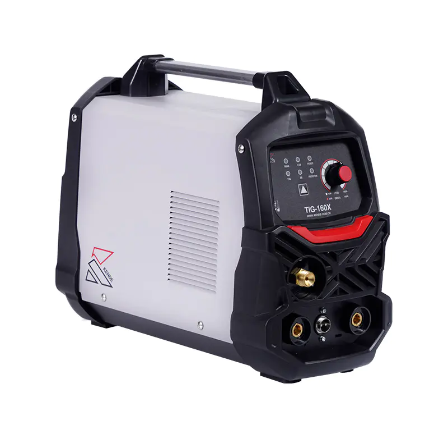What Factors Influence the Performance of an Aluminum TIG Welder?

The performance of an Aluminum TIG Welder is influenced by a multitude of factors that contribute to its efficiency and effectiveness.
The quality of the tungsten electrode used in an Aluminum TIG Welder plays a pivotal role in determining the weld's strength and appearance. A contaminated or worn electrode can lead to inconsistent arc performance, affecting the weld's integrity. Regular electrode replacement and proper cleaning are crucial to maintain optimal performance.
The type and flow rate of shielding gas directly impact the Aluminum TIG Welder's efficiency. Argon is commonly used due to its inert properties, which prevent oxidation and contamination of the weld pool. An incorrect gas flow rate can result in porosity and other defects, hence, it is essential to adjust the flow according to the weld size and material thickness.
The power supply settings of an Aluminum TIG Welder are another critical factor. Amperage and voltage must be correctly matched to the type of aluminum being welded. Incorrect settings can lead to under-penetration or burn-through, compromising the weld's structural integrity.
The technique of the welder is also a significant element. Operator skill in managing the weld pool, maintaining a consistent travel speed, and controlling the arc length can greatly influence the quality of the aluminum weld. Experienced welders are often more adept at adjusting to changes in the welding environment, ensuring consistent results.
Environmental conditions surrounding the Aluminum TIG Welder operation should not be overlooked. High humidity levels can lead to hydrogen absorption, affecting the weld's strength. Temperature extremes can also impact the material's properties, requiring adjustments in the welding parameters.
The cleanliness and preparation of the aluminum surface are fundamental. Oxides and contaminants can cause inclusions in the weld, reducing its strength. Proper cleaning and surface preparation are essential steps before initiating the welding process with an Aluminum TIG Welder.
In conclusion, the performance of an Aluminum TIG Welder is influenced by a variety of factors, including electrode quality, shielding gas, power supply settings, operator technique, environmental conditions, and material preparation. By understanding and managing these variables, welders can enhance the efficiency and quality of their aluminum welding projects.
To view more information about our products, please click here:
- Questions and Answers
- Opinion
- Motivational and Inspiring Story
- Technology
- Live and Let live
- Focus
- Geopolitics
- Military-Arms/Equipment
- Segurança
- Economy
- Beasts of Nations
- Machine Tools-The “Mother Industry”
- Art
- Causes
- Crafts
- Dance
- Drinks
- Film/Movie
- Fitness
- Food
- Jogos
- Gardening
- Health
- Início
- Literature
- Music
- Networking
- Outro
- Party
- Religion
- Shopping
- Sports
- Theater
- Health and Wellness
- News
- Culture

